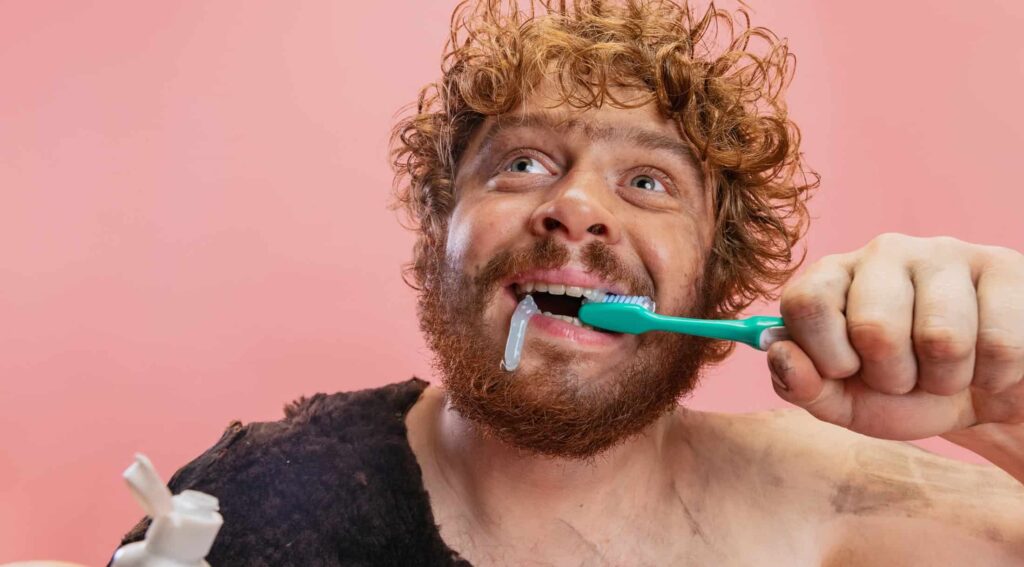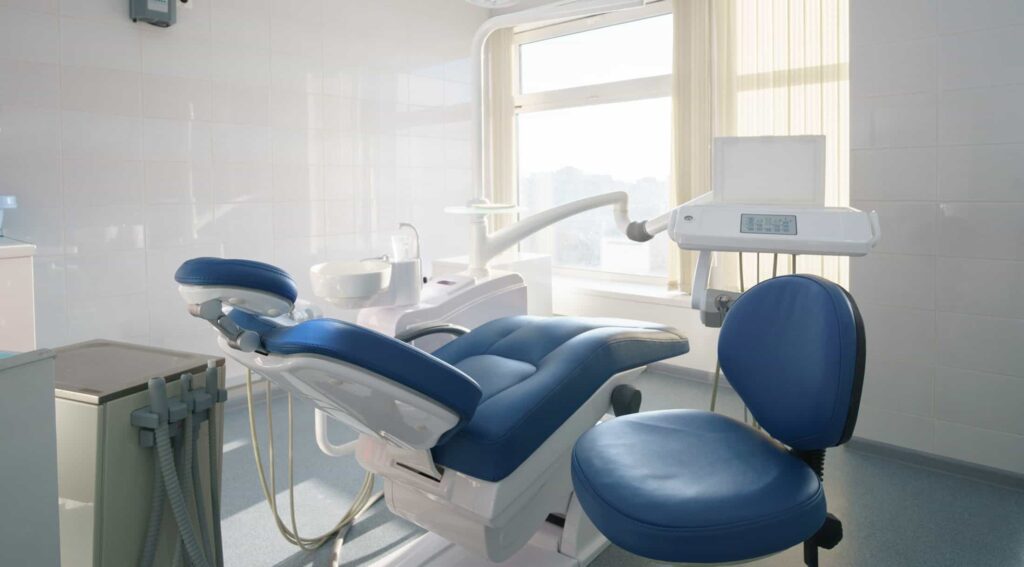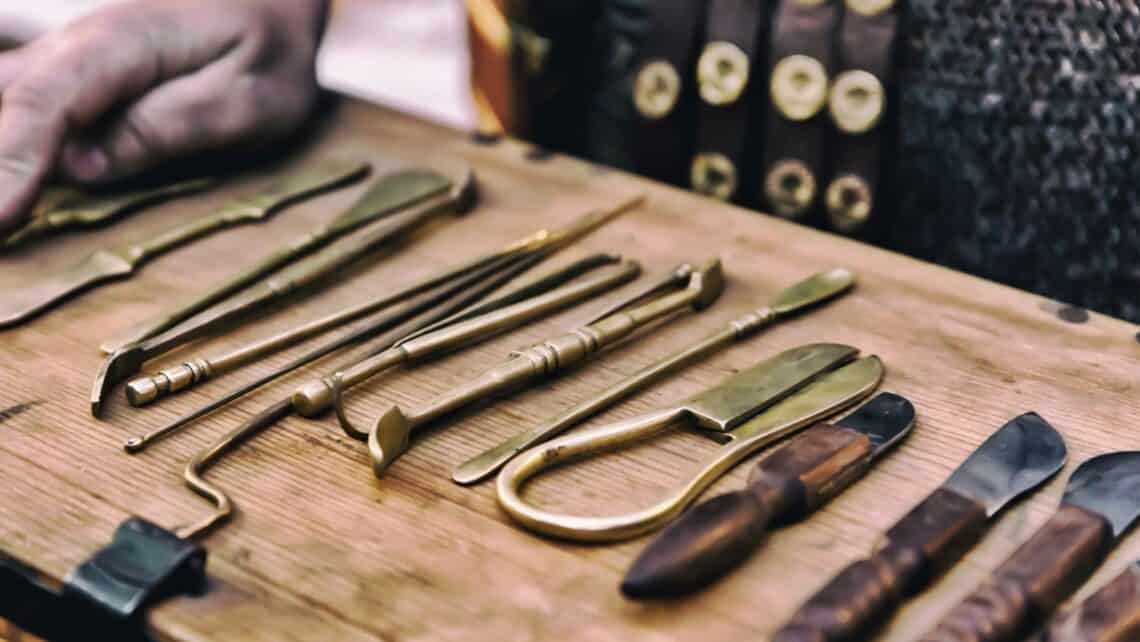Dentistry has been around a very long time, and it is fascinating to follow the journey of how humans changed over the ages to take care of their teeth. From humble beginnings when tooth decay was attributed to tooth worms, the practice of dental science has rapidly advanced so let’s take a look at how far we have come.
Origin of Dentistry
The first evidence of tooth decay was from a Sumerian text around 5000 BC but the earliest known dental practitioner was thought to be Hesy-Ra (2600 BC), an Egyptian physician and scribe who knew about periodontal disease during the third dynasty of Egypt and is often credited as the first dentist.
Hippocrates and Aristotle (500 – 300 BC), often wrote about dentistry, including the teeth patterns, the methods of treating tooth decay and gum disease, extraction, and using wires to stabilise loose teeth and fractured jaws.
Between 166 and 201 AD, Etruscans (of ancient Italy and Corsica) were known to have practiced using dental prosthetics with gold crowns and fixed bridgework.
The Middle Ages
Contrary to common belief, there is significant evidence suggesting that our medieval ancestors (5th-15th century) were reasonably enlightened about the importance of caring for their teeth. They were thought to have used dental powders, toothpaste, and mouth rinses to fight bad breath.
Silver paste was used for fillings in China around this time. China was also thought to have invented the predecessor to the modern toothbrush, a small boar-bristle brush in the 14th century but the practice of using a brush to clean teeth did not reach Europe until the mid-17th century.

Five hundred years later in France, the Guild of Barbers was established evolving into two groups – surgeons who were trained to perform complex surgical operations, and barber surgeons (laymen), who performed more routine hygienic services including shaving, bleeding, and tooth extraction.
In 1530, the Little Medicinal Book for All Kinds of Diseases and Infirmities of the Teeth, the first book devoted entirely to dentistry, was published in Germany by Artzney Buchlein for barbers and surgeons who treat the mouth.
Ambroise Pare, who is considered the father of surgery, published his Complete Works in 1575, which included practical information about dentistry, such as tooth extraction, and treatment of tooth decay and jaw fractures.
The Dental Profession is Born
The practice of dentistry continued to evolve over the years until the 18th century, when Pierre Fauchard, a French surgeon, published The Surgeon Dentist (Le Chirurgien Dentiste) in 1723. Fauchard is credited as the Father of Modern Dentistry, as his book was the first to describe basic oral anatomy and function, operative and restoration techniques, and denture construction. The Pierre Fauchard Academy was set up in his name.
In 1760, John Baker emigrated from England to the United States and set up his practice.
Paul Revere (most famous for alerting the Americans about the British) had advertised his services as a dentist between 1768 and 1770 in a Boston newspaper.
Scientific and Educational Advances
Dentistry took rapid steps in the 19th century with Samuel Stockton who began the commercial manufacture of porcelain teeth in 1825.
In 1832, the first dental reclining chair was invented followed by a hydraulic chair in 1877. In 1839, the world’s first dental journal, the American Journal of Dental Science, begins publication, and Charles Goodyear invents the vulcanisation process for hardening rubber, which is adopted for use as a base for false teeth. In 1840, Baltimore College of Dental Surgery which is the world’s first dental school was founded which established the Doctor of Dental Surgery (DDS) degree.

The first mechanical dental drill was patented in 1871 by James Bealle Morrison. The invention of a collapsible metal tube in 1880 sparked the mass production of toothpaste in factories which continues to this day. X-rays are discovered by German physicist Wilhelm Roentgen in 1895, and in 1896, C Edmond Kells takes the first dental x-ray of a living person in the United States.
Dental Innovation and Technological Advancements
The dental industry benefited from countless advancements in technique and technology over the course of the 20th century. In 1903, Charles Land devised the porcelain jacket crown.
In 1913, Alfred C Fones opens the Fones Clinic for Dental Hygienists in Bridgeport, Connecticut, the world’s first oral hygiene school. He is the first to use the term “dental hygienist,” and becomes known as the Father of Dental Hygiene.
In 1938, the first nylon toothbrush made with synthetic bristles comes to the market and the first fluoride toothpaste hits the shops in 1950. The first commercial electric toothbrush is developed in Switzerland followed by a cordless, rechargeable model in 1961 in the United States.
In 1989, the first commercial home tooth bleaching product is launched, followed closely by new tooth-coloured restorative materials, plus increased usage of bleaching, veneers, and implants in 1990, which inaugurates an era of aesthetic dentistry.
Today, we are more fortunate than our ancestors because we understand the importance of brushing, flossing, rinsing, and regular dental visits. Modern dentistry continues to advance and dental patients have more treatment options than ever before to maintain and restore their healthy smiles.
Want to book an appointment?
Book an appointment online by clicking here. Call our friendly team on 3390 6100 or email us.
Disclaimer: This article is compiled from several sources on the internet and no claims are made by Malouf Dental on the various applications mentioned in the article







